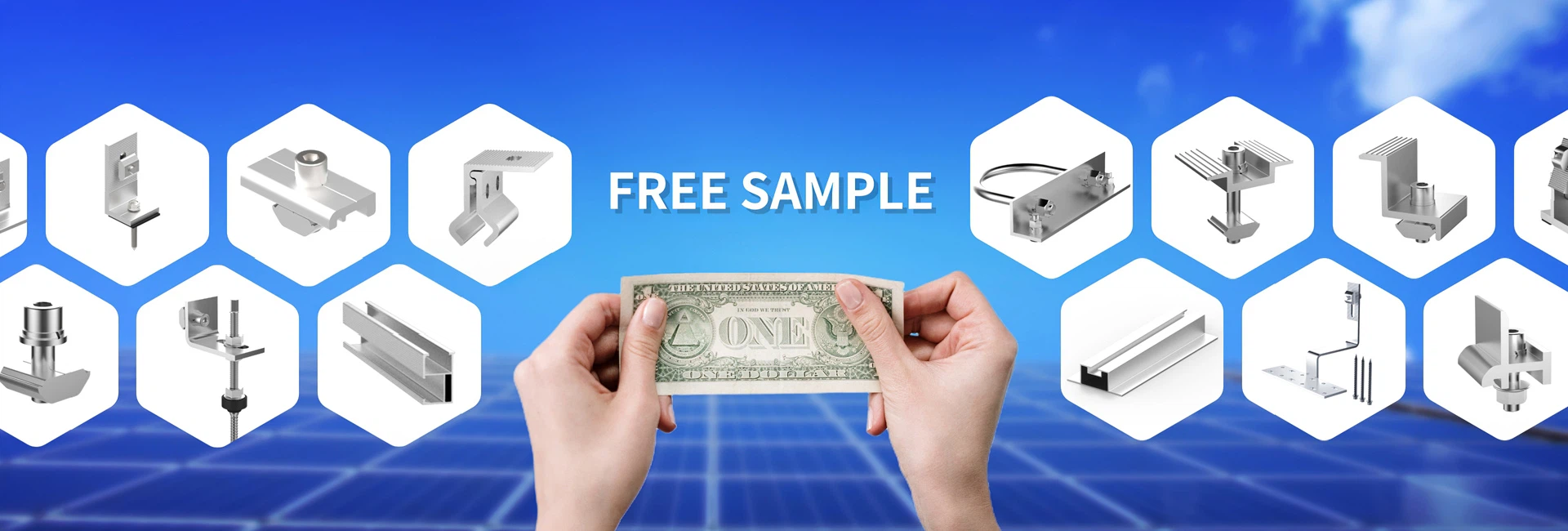What Roof Brackets Must Be Used When Installing Solar?
Nov 11, 2025
Selecting the appropriate mounting structure is as critical as choosing the solar panels themselves. A well-engineered roof mount system ensures optimal energy production, long-term structural integrity, and weatherproof performance. The selection must be tailored to the specific roof type and photovoltaic module technology.

1. Roof Mount Classifications by Roof Type
Corrugated Metal Roof Mounts
These systems utilize specialized clamps that grip the ribs of the metal sheeting without penetrating the roof surface, preserving its waterproof integrity. Installation is typically fast and requires no drilling.
Flat Roof Mounting Systems
Designed with a tilt angle to maximize solar exposure, these systems are either ballasted with non-penetrating weights or mechanically anchored. They offer excellent flexibility for array layout and are highly accessible for maintenance.
Tiled/Pitched Roof Mounts
Engineered to seamlessly integrate with the roof's slope, these systems use rail-based designs and hooks that attach directly to the roof rafters beneath the tiles. This provides a secure, low-profile installation that respects the building's aesthetic.
Building-Integrated Photovoltaics (BIPV)
BIPV solutions replace conventional building materials (like roof tiles or facades) with solar-generating counterparts. This approach is most cost-effective in new construction or major renovations, merging the building envelope with power generation.
2. Material Specifications & Design Features
Material Science: High-grade aluminum alloys offer an optimal balance of strength, light weight, and corrosion resistance. Hot-dip galvanized steel is preferred for its superior load-bearing capacity in large-scale installations, while stainless steel (e.g., 304, 316) is specified for critical components in corrosive coastal environments.
Adjustability & Tracking: Systems with seasonally adjustable tilt angles allow for fine-tuning to the sun's path. While single-axis trackers can increase energy yield by up to 25%, their higher initial cost and mechanical complexity must be justified by the project's economics.
3. Mounting Solutions by Component and Environment
For Thin-Film Modules: Due to their larger surface area and flexibility, these modules require supports with enhanced rigidity, such as reinforced triangular or truss-style structures, to prevent deformation and micro-cracking.
High-Wind & Extreme Weather Regions: In these demanding environments, dual-post supports or reinforced triangular frames are essential. These designs provide the necessary mechanical strength to withstand significant wind uplift and snow loads, as mandated by local building codes.
Conclusion
A professional mounting solution is defined by a holistic evaluation of local climate data, structural load capacity, module specifications, and lifecycle cost analysis. Investing in a correctly specified system is fundamental to safeguarding your solar asset and guaranteeing its performance over a 25+ year lifespan.







